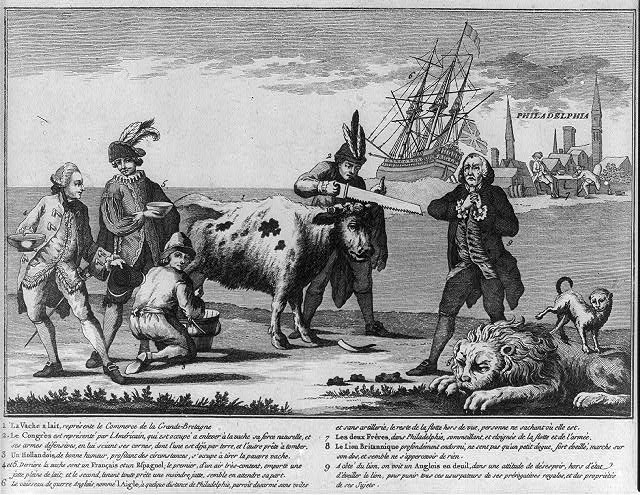Cattle/Popular culture: Difference between revisions
< Cattle
Jump to navigation
Jump to search
imported>Stephen Ewen (→Comics) |
imported>Stephen Ewen (→Film) |
||
| Line 25: | Line 25: | ||
==Film== | ==Film== | ||
;Edison's films of County Fairs | |||
;Barnyard | ;Barnyard | ||
;Cow and Chicken | ;Cow and Chicken | ||
Revision as of 04:20, 1 June 2007
As one of the longest-domesticated animals, cows have played a significant role within Western popular culture. Sometimes carrying the power of life-directing myth, and sometimes merely depicted so as to evoke a hearty belly laugh, they have been portrayed in art, nursery rhymes, language idioms, advertisements, and cartoons and comics since the early 1800s.
Cows in the myth of the American West
Literature
- The Cow Puncher by Robert J. C. Stead[1]
- Pete Cow Puncher: A Story of the Texas Plains by Joseph B. Ames
Nursery rhymes
- The cow jumped over the moon
Language idioms
- Until the cows come home
- Cash cow
- How now brown cow?
- Holy cow
- Have a cow
- A sacred cow
- Cow-punch
- As awkward as a cow on roller skates
- Cowboy
- Cow poke
Film
- Edison's films of County Fairs
- Barnyard
- Cow and Chicken
Comics
- Civil War Era
- The Far Side
- London's Times
- The Man-Eating-Cow (Tick Comics)
Advertisements
- Cow Brand Baking Soda
- Milk Maids
- BMW
- Borden - Elsie the Cow
- Chik-fil-a - The "Eat More Chikin" cows
Music
- Early American Folk
- The Dead Milkmen (band)
- Pink Floyd, Atom Heart Mother
